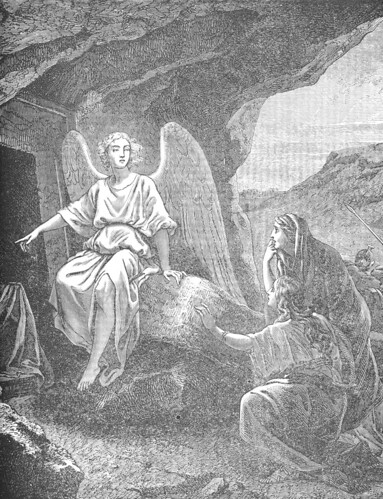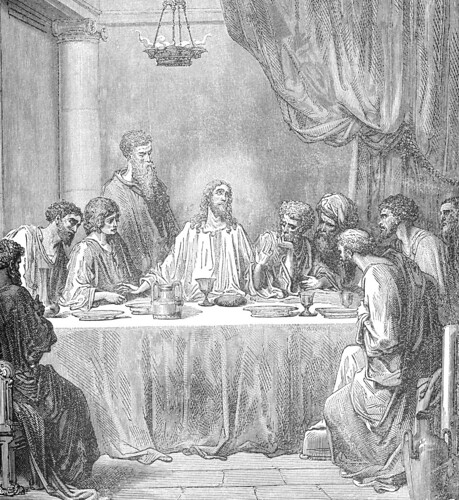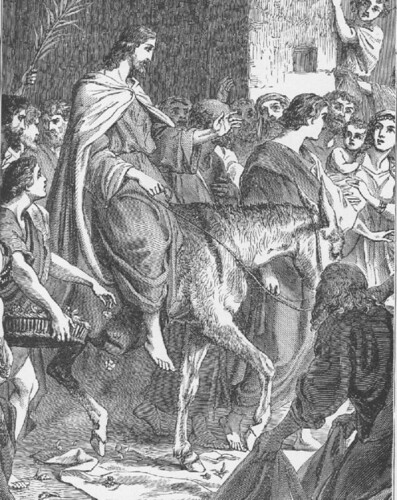By faith Joseph, when he died, made mention of the departing of the children of Israel; and gave commandment concerning his bones. (Hebrews 11:22, KJV, which is public domain)
If nothing else, the Schiavo case has increased the number of people making living wills. Unfortunately, that won't entirely solve the problems that such documents are meant to forestall.
Are existing statements about care in extreme circumstances always followed? Here the answer seems clear: "No." Living wills and advance directives are not always followed. Angela Fagerlin and Carl E. Schneider, in "Enough: The Failure of the Living Will, (.PDF document)" in the March-April 2004 issue of the Hastings Center Report, a periodical which is devoted to issues of medical ethics, (pp. 30-42) argue that advance directives are not effective, for five reasons: 1) they may be made out well in advance, and have been forgotten, or impossible to find (for example in the office of a lawyer who is not aware that the person has been hospitalized) 2) the contents may be vague, or not seen as applying to a particular situation 3) doctors and families are reluctant to conclude that the patient has actually reached the point where a previous decision to refuse treatment should be invoked 4) the family may not follow the advanced directive 5) studies indicate that a majority of patients, given the actual situation, would not follow their own advanced directive.
From a post by the Evangelical Outpost:
Note: Being pro-life also means bearing the responsibility for the decisions about what care and measures should be taken at the end of one's own life. Because God allows us to make choices in our lives, we should take the initiative to communicate to our families our own wishes and desires. The Center for Bioethics and Human Dignity offers an Advance Directive Kit ($12) that contains an Advanced Directive Form and an 80 page booklet on End of Life Decisions (the enclosed form can be copied for every member of the family). Before I began working at the Center I never gave much thought to the issue. But the Schiavo case has made me realize the necessity of taking such precautions. It's a simple, inexpensive step you can take to ensure peace of mind for both you and your own loved ones.
In "3 all-too-common flaws of living wills," an advisor from MSN MoneyCentral suggests the following:
"Draft a durable power of attorney." She says this is superior to a living will.
"Explore your feelings about end-of-life care." Think about what kind of care you think you would want, under various circumstances.
"Talk about what you want--and keep talking." She means to keep discussing what you would want, so that others hear it, and because your perspective will probably change as your circumstances do.
P. S. For what it's worth, I personally do not want to be maintained, if diagnosed as being in a persistent vegetative state. This includes provision of food and water, if other than by normal ingestion through the mouth.
I do not want to be maintained on other means of invasive and non-natural means of life support for an extended period, if there is no reasonable hope of recovery of cortical function.





